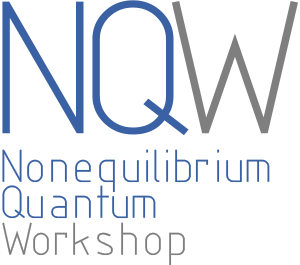Marcin Mierzejewski: Phenomenology of spectral functions in disordered spin chains
Studies of disordered spin chains have recently experienced a renewed interest, inspired by the question to which extent the exact numerical calculations comply with the existence of a many-body localization phase transition. For the paradigmatic random field Heisenberg spin chains, many intriguing features were observed when the disorder is considerable compared to the spin interaction strength. Here, we introduce a phenomenological theory that may explain some of those features. The theory is based on the proximity to the noninteracting limit, in which the system is an Anderson insulator. Taking the spin imbalance as an exemplary observable, we demonstrate that the proximity to the local integrals of motion of the Anderson insulator determines the dynamics of the observable at infinite temperature. In finite interacting systems our theory quantitatively describes its integrated spectral function for a wide range of disorders .


